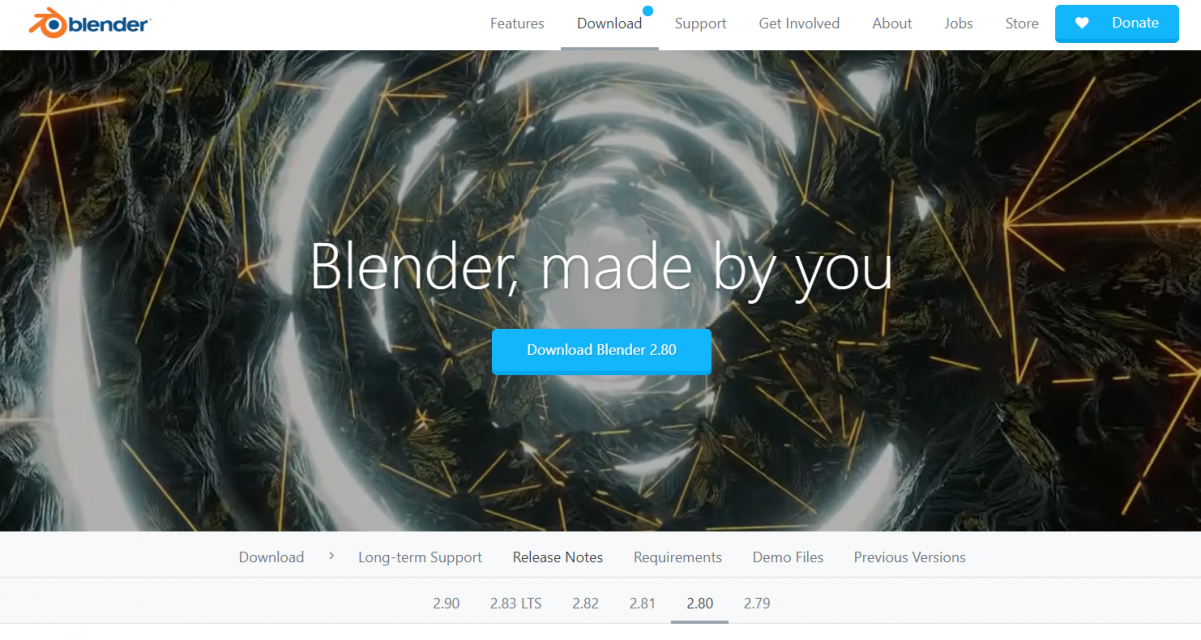Rendering is one of the most exciting — and sometimes most frustrating — parts of the 3D creative process. Whether you’re working on an animation, a high-resolution still image, or a simulation-heavy sequence, rendering is the moment where all your hard work comes to life. But it can also bring your workstation to a standstill. …










